What to Wear
When you arrive in Iran you will notice just how casual the Iranian attitude is to the dress code. About a quarter of women choose to wear the chador (the long black cloak), whilst the rest of the Iranian women dress pretty much as they please whilst still adhering to the rules. Foreigners can get away with a more relaxed attitude to the dress code when traveling in Iran, but attracting any unwanted attention – particularly from the authorities – isn’t a great idea. Make sure you wear trousers – either jeans or, given the high temperatures of the summer, something loose and made of cotton and a top that is quite baggy and falls to mid-thigh. The idea is to cover contours. I wore a summer dress over a long sleeved t-shirt with jeans. It is also perfectly fine to pull your sleeves up to your elbows on a warm day. In terms of footwear, open sandals are ideal (although flip flops are generally worn in the bathroom so have an ‘at home’ connotation!).
Headscarves are one of the most important things to know about Iran. They do need to cover your neck as well, so a bandana is not acceptable. I decided after a day or two of constantly re-arranging and hoiking it back up (as most Iranian women do) that it was tiresome and it got in the way whilst I was eating, so, with the help of some hair grips (one of the most important items to have with you!) I created my own way of fastening it. With the addition of some sparkly hair grips, I had created a style somewhere between Mother Theresa and Princess Amidala. But it stayed on, I could forget it was there and it didn’t inhibit my eating. Having some hair showing around the face is perfectly fine too (although for the sake of the visa photo just cover it up). It is annoying to us to have to dress in a certain manner, but, whilst enforcing a dress code and religious morals on a nation may not sit well with feminism and human rights, it does produce a very pleasant looking society.
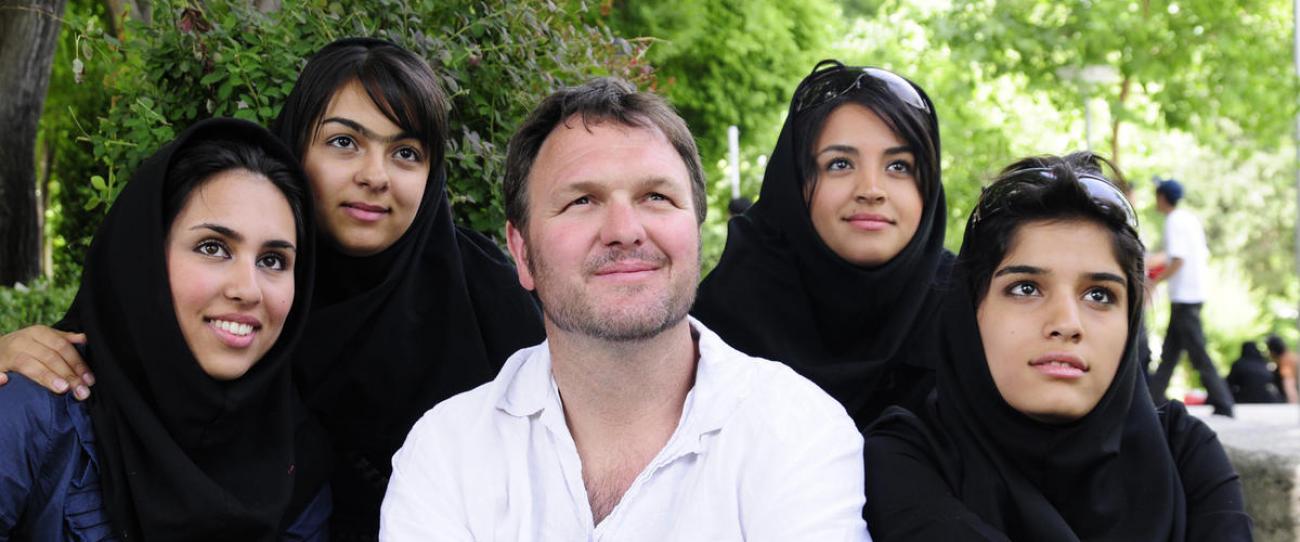
Food and Drink
Another thing you should know about Iran is that the traditional food in Iran is very good, specifically soups and stews, kebabs, rice and salads. The first few days of trying everything is good fun. There are a few regional variations and dishes do vary from place to place. the bread can also vary from very thin paper-like bread to good thick chewy naan-like bread. As a vegetarian I ate the same dishes many times and in one or two places, when stopping on the road, was treated to a plate of rice, tomato and cucumber… There are some good options though. The only time that I considered the lack of alcohol was at the end of a particularly long drive when it would have been very nice to sit out on a terrace with a cold beer, but they do have an interesting array of fruit flavoured non-alcoholic beers. I shied away from these at first (these are not words that put together suggest a tasty beverage), but they are in fact pretty good and well worth trying. Ice cream is big business in Iran and you should definitely try all of the traditional flavours you can, particularly the lemon noodle ice cream in Naqshe Jahan Square, Isfahan.
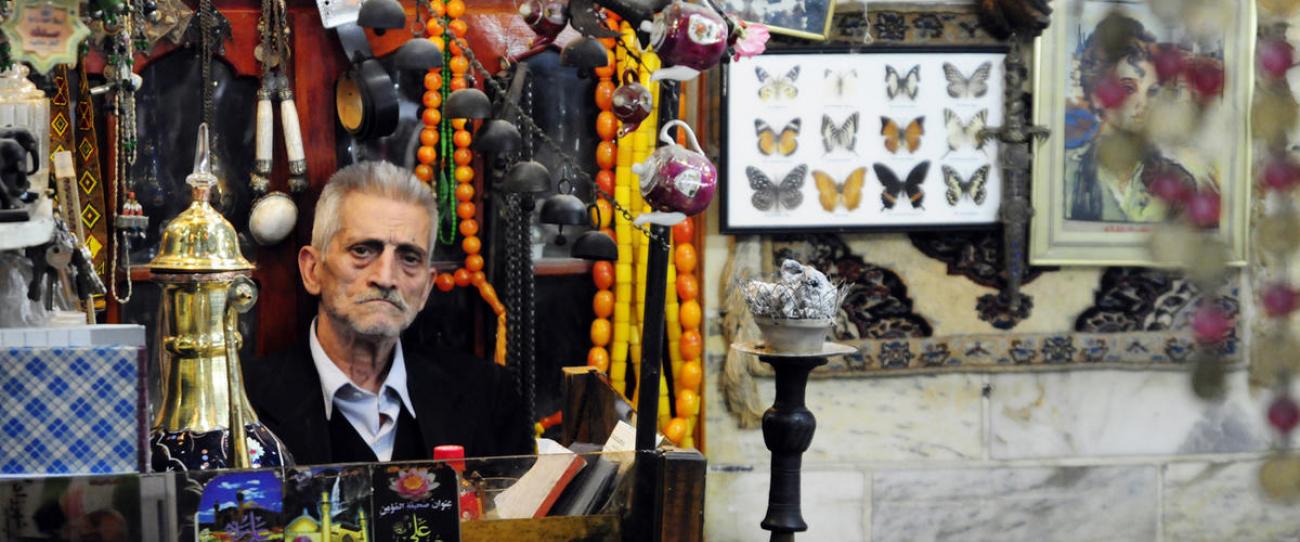
Shopping
You should be able to buy anything that you forget to take with you. Shopping centres are modern and easily found and there are plenty of shopping streets. The bazaars, particularly Tehran, are extensive and will supply anything you can think of in abundance. With regards to souvenirs during an Iran tour, these can be found in every town – there will be some items you see again and again. Isfahan has a huge tourist bazaar; if you like textiles, ceramics, copper and jewellery then you will be very well provided for. Items are priced very reasonably, with options for all budgets; the more intricate and detailed an item the higher the price. The carpets are beautiful – you will want to buy them all, but you will need hundreds, or possibly thousands of pounds to get the best ones.
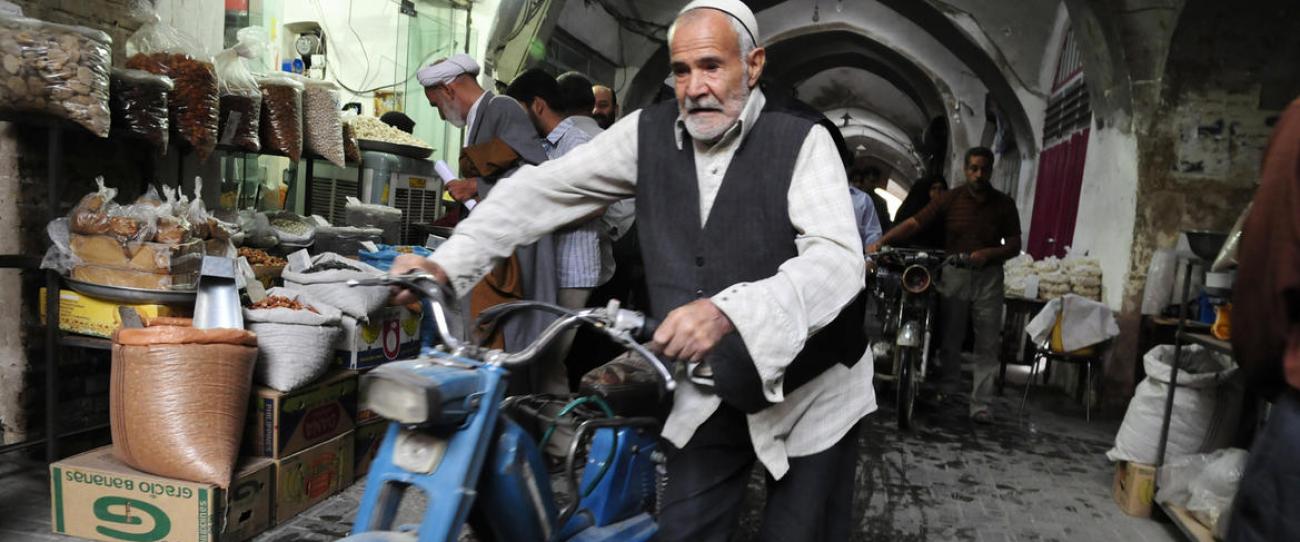
Money, Phones and Internet
Another one of the importat things to know about Iran is is how to use money. Bank cards, credit cards and traveller’s cheques will not work in Iran, so you have to take cash. It can be a very cheap country to eat, drink and shop in – you can buy lunch in a local village restaurant for $2. You can also buy lunch in a 5* city hotel for $20. Your mobile phone will not work (the phone will but you will have no network); this does have the awesome result that you cannot come home to a massive bill. It is possible to buy a local sim – you will need your passport and about $5-$10. Most hotels have wi-fi, so you can access your email, social media sites and Skype. Unfortunately I could only use sites I was already logged into, so I suggest logging into everything you may want to use before you leave home; you should then still be logged in when you arrive.
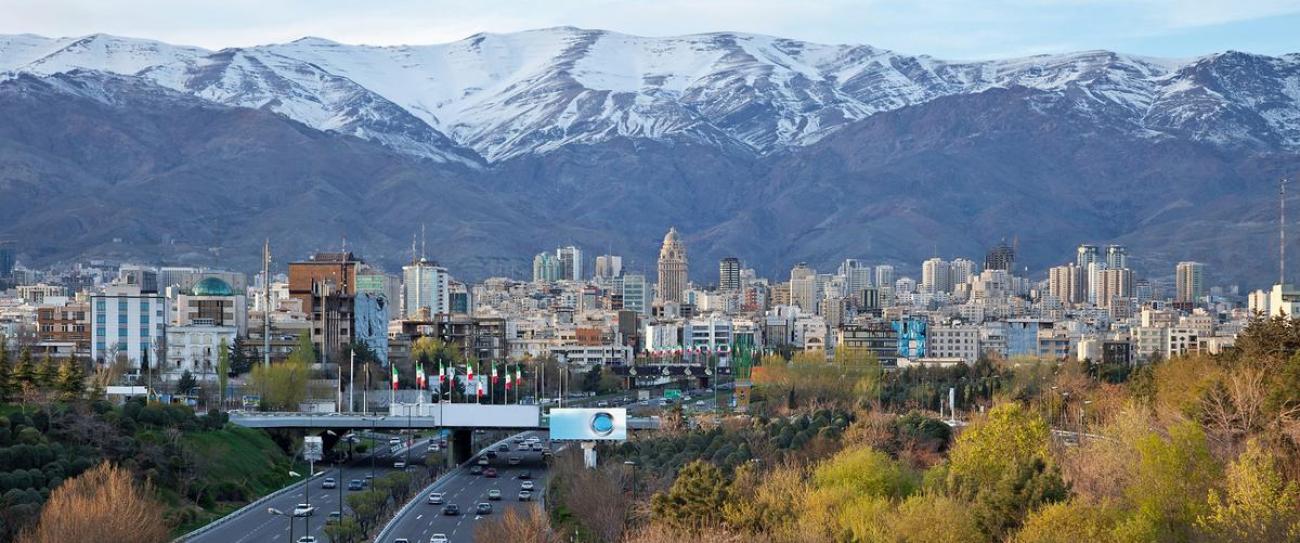
Roads
I don’t know how long you need to be in Iran for before you can cross a road without your heartrate drastically increasing. There are green men and red lights, but these will not ensure a safe crossing. Most roads have at least two lanes of traffic – sometimes it is necessary to cross lane by lane, pausing in-between. Not wanting to look too much like a tourist I tended to resist the urge to sprint across. Instead, the best option if you think you are going to spend the rest of the day trying to get across, is to find some fellow crossers, stand down traffic of them and do what they do.
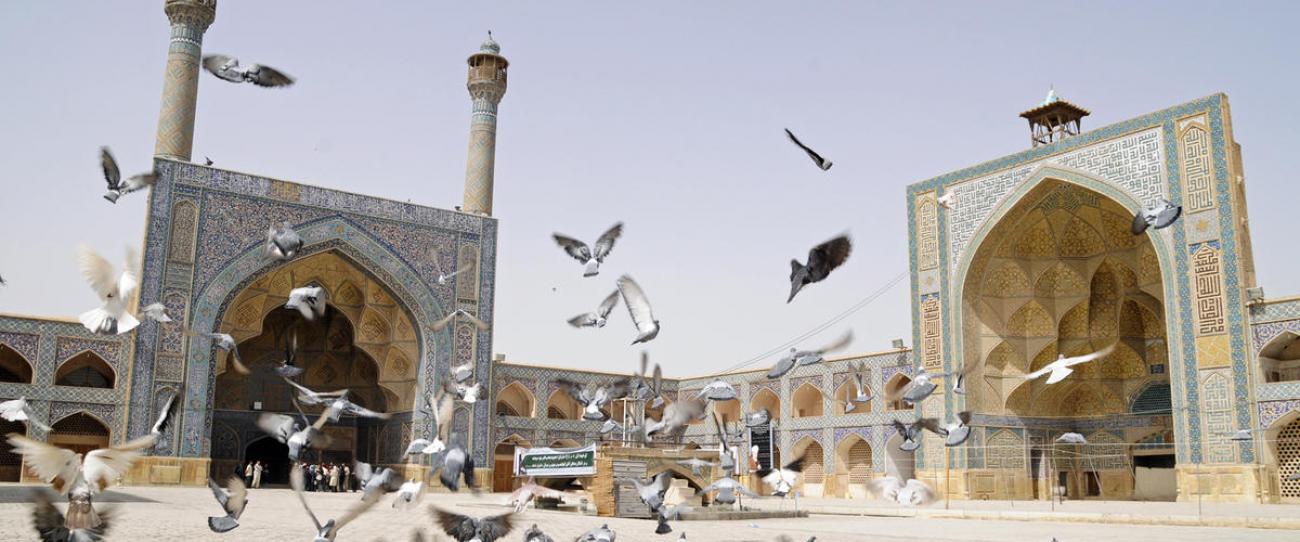
In General
By my first evening in Tehran I was completely happy and comfortable to head out for a walk in the city alone. This continued throughout all the areas I stayed in – I found Iran felt much more like southern Europe than the Middle East; very relaxed and with absolutely no hassle. I had no qualms about walking around with my bag which had my camera, money, phone etc in it. I was approached many times by Iranians; from old men saying ‘Salaam’ to me when out on evening strolls to children asking ‘how are you?’ and school girls shyly smiling and greeting me. Others would stop me in the street or talk to me in restaurants to ask where I was from and then welcome me to Iran. I did indeed feel very welcome.
Our Iran Unveiled holiday is a great place to start if you are interested in the country of Iran.